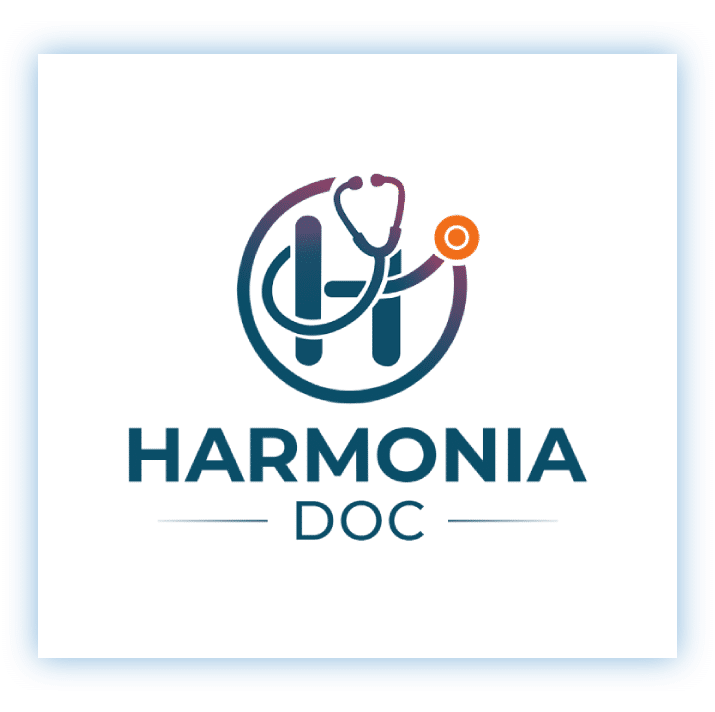

Create an account, provide your basic information, and book a virtual consultation with a licensed holistic health professional.

Connect with a healthcare provider through our secure telemedicine platform to discuss your health concerns from the convenience of your home.

Following your consultation, your doctor will develop a personalized treatment plan designed to address your specific needs.

Once your treatment plan is in place, you can arrange for prescribed medications to be delivered to your door or schedule follow-up appointments as needed.








Testosterone Replacement Therapy (TRT) may be an option for individuals with low testosterone levels. Knowing when it’s appropriate—and when it’s not—is essential for safe and effective treatment. TRT should only be started under the guidance of a qualified healthcare professional.
When TRT May Be Recommended
Before beginning therapy, speak with a healthcare provider who understands hormone treatments. Make sure to ask important questions, such as “Is TRT right for me?” and explore the safest options available.
Harmonia Doc makes it easy to connect with online TRT clinics and qualified specialists who can tailor a treatment plan to your needs.
Testosterone Replacement Therapy (TRT) is a medical treatment designed to raise low testosterone levels in individuals who aren’t producing enough on their own. It works by supplying the body with additional testosterone to support a healthy hormone balance.
Unlike the misuse of anabolic steroids, TRT is closely monitored by healthcare professionals to safely replicate the body’s natural hormone production.
Many people undergoing TRT may notice positive changes, such as improved mood, increased energy, and greater muscle strength.

Testosterone Replacement Therapy (TRT) offers tailored solutions based on each person’s health needs and goals. By meeting with a TRT specialist or clinic, you can find the most suitable dosage and treatment plan for your situation.

Clinics using the Harmonia platform offer under-the-skin testosterone injections. This method provides a steady and reliable hormone level over time.

These are applied to the skin and gradually release testosterone throughout the day, offering a non-invasive and easy-to-use option.

Pellets are small implants placed just under the skin. They slowly release testosterone over several months, minimizing the need for daily or weekly treatments.

These patches stick to your skin and provide a constant flow of testosterone into the bloodstream, supporting stable hormone levels with daily use.
While TRT can offer important benefits for men with low testosterone, it’s also important to be aware of possible side effects. Some may appear early on, while others could develop over time. In many cases, the advantages of treatment outweigh the risks, but staying informed is key.
It can improve energy, libido, muscle tone, mood, and bone strength.
There’s no clear proof linking TRT to cancer.
Costs vary based on treatment type, provider, and location.
When done under medical care, TRT is generally safe. Regular monitoring helps reduce risks.
No. TRT is medically supervised to restore healthy levels, while anabolic steroids are often misused for muscle gain.
TRT is used for low testosterone, delayed puberty, fatigue, muscle loss, and hormone-related issues.
Yes. Women with low testosterone may see improvements in energy, libido, and hormone balance when treated by a doctor.
TRT helps bring testosterone levels back to normal in people with low testosterone, improving energy, mood, libido, and muscle strength.
